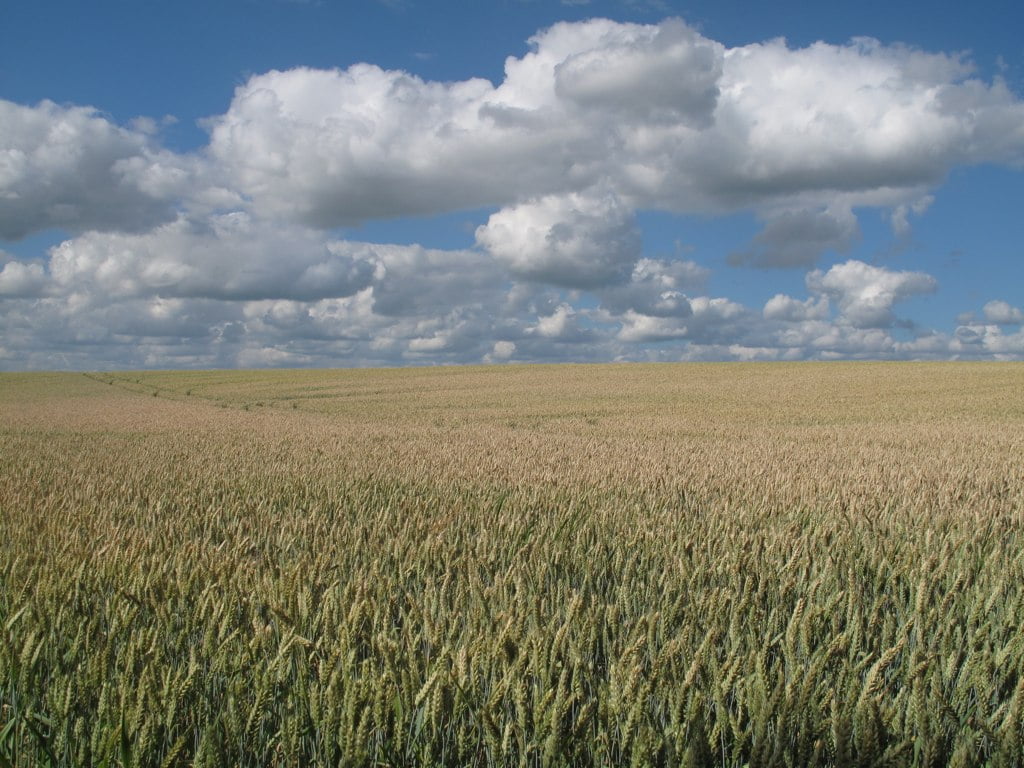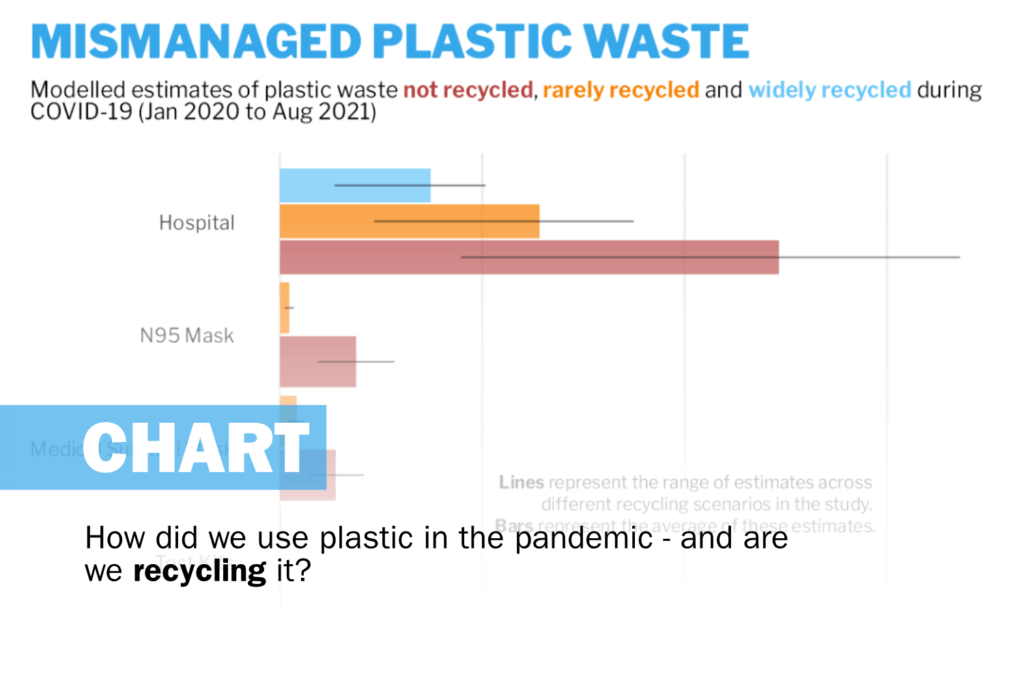Our world is not suffering from a lack of calories, but a lack of good nutrition which can sustain us. Science might just have the answers.
 Micronutrient deficiency affects the health of more than two billion people. : Marco Verch Professional Photographer/Flickr https://www.flickr.com/photos/30478819@N08/50916158133 CC BY 2.0 https://creativecommons.org/licenses/by/2.0/
Micronutrient deficiency affects the health of more than two billion people. : Marco Verch Professional Photographer/Flickr https://www.flickr.com/photos/30478819@N08/50916158133 CC BY 2.0 https://creativecommons.org/licenses/by/2.0/
Our world is not suffering from a lack of calories, but a lack of good nutrition which can sustain us. Science might just have the answers.
Families are feeling the pinch of rising food prices. Fresh fruit and vegetables are often no longer affordable. And many have had to adjust their choices as the cost of living continues to soar in the wake of global shortages, war and climate change. The Sustainable Development Goal of ‘zero hunger’ by 2030 doesn’t seem to be within reach anymore.
A global focus on boosting yields from staple crops, wheat, rice, maize and soybean, which provide most of the world’s calories, is important. But we still need to address the burden of ‘hidden hunger’ or micronutrient deficiencies. Micronutrient deficiency is a global health issue affecting more than two billion people around the world. It’s linked to poor physical and mental development in children as well as other diseases in adults and children.
A healthy diet includes large quantities of macronutrients like protein, fats and carbohydrates as well as micronutrients like vitamins and minerals, which are needed in much smaller amounts. Diets high in processed foods or diets low in diversity may offer sufficient calories (energy) but lack the micronutrients needed for good health. This simultaneous condition of undernutrition and obesity affects most low and middle-income countries.
Climate change affects how much nutrition people receive due to declining crop yields from increased temperature and changes to rainfall, as well as extreme weather impacts. But it also reduces food quality and the availability of valuable nutrients.
Some solutions to this problem include developing more nutritious crops, diversifying the range of plants we grow and eat, and improving the shelf-life and processing of fresh produce. Moving beyond traditional food production towards indoor cropping systems and animal-free meat may also be beneficial.
Plant scientists are working to improve the nutritional value of key crops to boost the quantity and quality of vitamins and minerals in people’s diets. This approach is a type of biofortification and can be done through genetic engineering, conventional breeding or farming.One example of a genetically improved crop is Golden Rice, which has been engineered to produce provitamin A. Widespread adoption in the Philippines and other developing countries could reduce vitamin A deficiency, which causes blindness and was responsible for more than 250,000 child deaths in 2000. Importantly, the intellectual property for Golden Rice is free for those who need it.
We can also improve food security and human nutrition by growing and eating more diverse crops. Around 60 percent of the world’s calories come from just three plants — wheat, rice and maize. But people around the world have historically grown and eaten a much greater variety of plants. The Food and Agriculture Organization of the United Nations estimates 90 percent of our global diet currently comes from 103 plant species but around 30,000 species are edible. Many of these edible species may be highly nutritious while also being adapted to the local environment.
Scientists are working to explore and protect crop diversity and the diversity of edible wild plants to use for breeding more resilient crops. This is another reason to conserve biodiversity — when we lose species, we lose potential food and medicine plants. Once we’ve invested time and resources in growing our food, it’s crucial we don’t waste it. According to the UN Environment Programme, 8 to 10 percent of global greenhouse gas emissions come from food that is not eaten.
On top of the environmental footprint from waste, we also lose the potential health benefits of all these nutrients. We can reduce food waste and support nutritious diets by processing food into more transportable and storable forms. For example, fresh vegetables that would otherwise be rejected by buyers can be turned into powders and food products that are shelf-stable and nutrient-dense.
Another example is the purple tomato which has been genetically engineered to make pigments called anthocyanins that help protect against a broad range of human diseases like certain cancers and heart diseases. Not only do these pigments have health-boosting properties but they also increase shelf-life, which helps distribution and reduces food waste.
Agriculture is also moving beyond the farm and into controlled environments that can support more resilient production and even new food products. Indoor, vertical farms and protected cropping can be especially beneficial for growing nutrient-dense vegetables close to urban areas with lots of consumers. In contrast, animal-like or animal-based products are now being produced without animals. The development of cellular agriculture, growing ingredients through lab-cultured cell lines, means that meat-like or plant-derived products can be made in the lab with potential nutritional and environmental benefits. Food made from or by microbes is also in development through precision fermentation.
It remains to be seen which of these crops and products will see adoption and commercial success. But it’s clear that we need a range of complementary solutions to keep up with our needs.
Dr Madeline Mitchell is a plant scientist with broad interests in the social, economic and environmental sustainability of agriculture. She is a Research Fellow at RMIT University and leads the Carbon and Natural Capital Pillar at Food Agility Cooperative Research Centre.
The author declares no conflict of interest.
Originally published under Creative Commons by 360info™.














